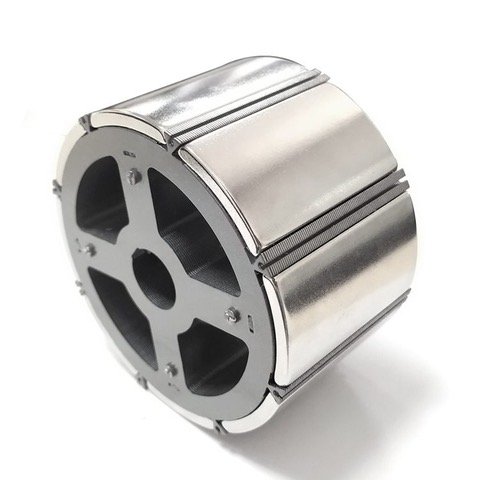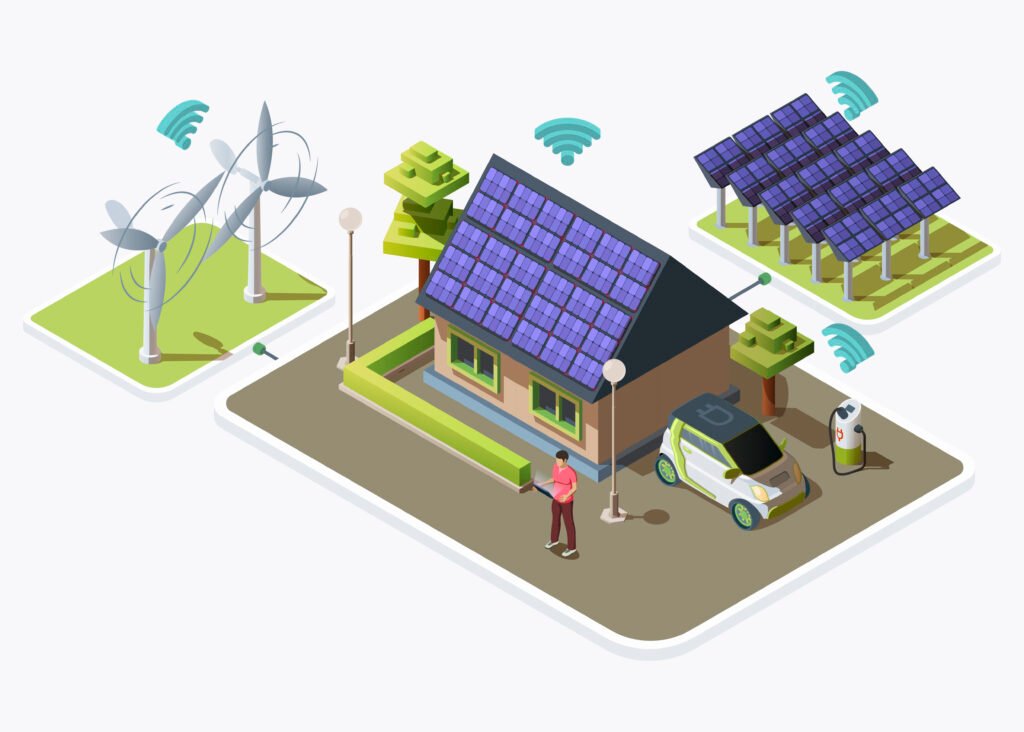
Amongst other applications, the world depends heavily on REEs for smartphones, electric vehicles, wind turbines and defence technologies. At the same time, the supply of REEs is heavily concentrated. Broadly, China controls around 70–80% of global production, leaving the rest of the world reliant on how China enables the exports of REEs. Between 2023 and 2025, China steadily tightened export restrictions on REEs. In October 2025 it added five more REEs to the existing list of controlled materials. These rules now apply not only to the raw elements themselves but also to any components that contain Chinese-origin REEs, or use Chinese processing technology. Most REE-consuming countries have responded by trying to increase REE mining outside China. But mining projects require resources, time and capital. A faster, more sustainable part of the solution, is to recover the REEs from End of Life (EoL) products. Yet the global recycling rate for these materials remains below 1%. Almost all EoL products containing REEs end up in landfills or are abandoned.
Why Rare Earths Are Hard to Recycle
REEs make up only a tiny percentage of most products — often less than 1% by weight. Recyclers mainly focus on ‘higher-value’ materials. In magnets, REEs are alloyed with iron, boron, and sometimes heavy REEs like dysprosium or terbium. REEs are also deeply embedded in complex components. A typical NdFeB magnet in an electric motor is glued or tightly fitted into the rotor using high-temperature epoxy. In many devices, magnets are overmoulded in plastic, buried in metal housings. Removing them is a slow and expensive process. Standardisation of REEs containing components is non-existent. Every manufacturer uses different shapes, alloys, and coatings. This lack of consistency makes robotic recycling impossible because machines cannot easily identify or sort the parts containing REEs.
What Could Unlock REEs Recycling
The most practical way to improve recycling is to redesign products so that rare-earth components can be removed quickly and cleanly at end-of-life. This is known as Design for Disassembly for Recycle. For magnets — the largest use of REEs — this means a few simple but powerful changes. None of these changes require new technology — they require manufacturers to design with end-of-life in mind, for example:
o Make magnets accessible. Instead of burying magnets inside glued housings, place them in accessible slots or removable modules.
o Avoid permanent adhesives. Using reversible adhesives (such as heat-release types) or mechanical fastening lets magnets come out without destroying surrounding parts. o Use standard shapes and housings. Common magnet geometries allow recyclers to automate disassembly and sorting.
o Using material passports, like laser-etched composition codes or QR markings, help recyclers quickly identify what type of magnet they are dealing with.
Recycling Needs Policy Support Even with better design, recycled REEs often cost more than newly mined. The economics simply don’t favour recycling yet. This is where policy plays a crucial role. Governments can accelerate REE recycling by introducing measures/infrastructure such as:
o Requirements for a minimum percentage of recycled REEs in certain technologies
o Procurement rules that favour recycled materials
o Grants or tax incentives for recycling facilities
o Eco-design regulations encouraging easier disassembly.
MM Markets (mm-markets.com) is tracking developments in REEs, and we are able to help you navigate the market!



